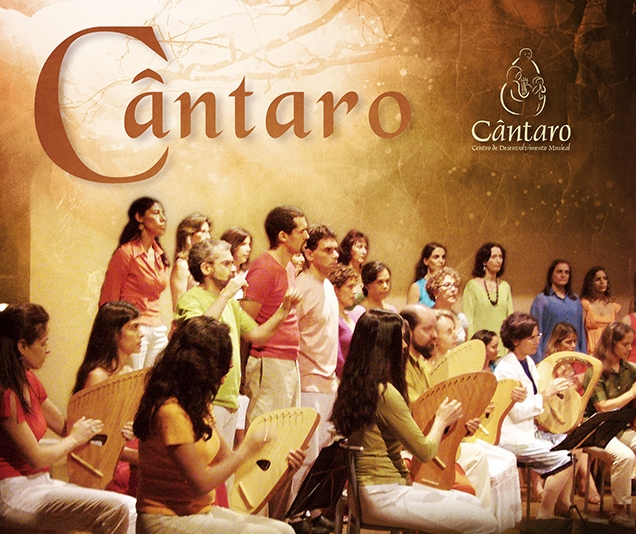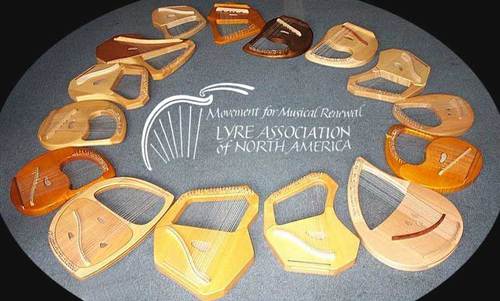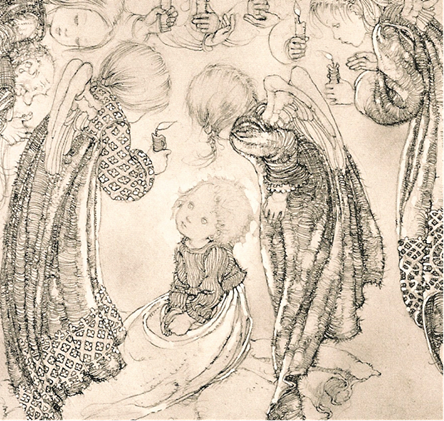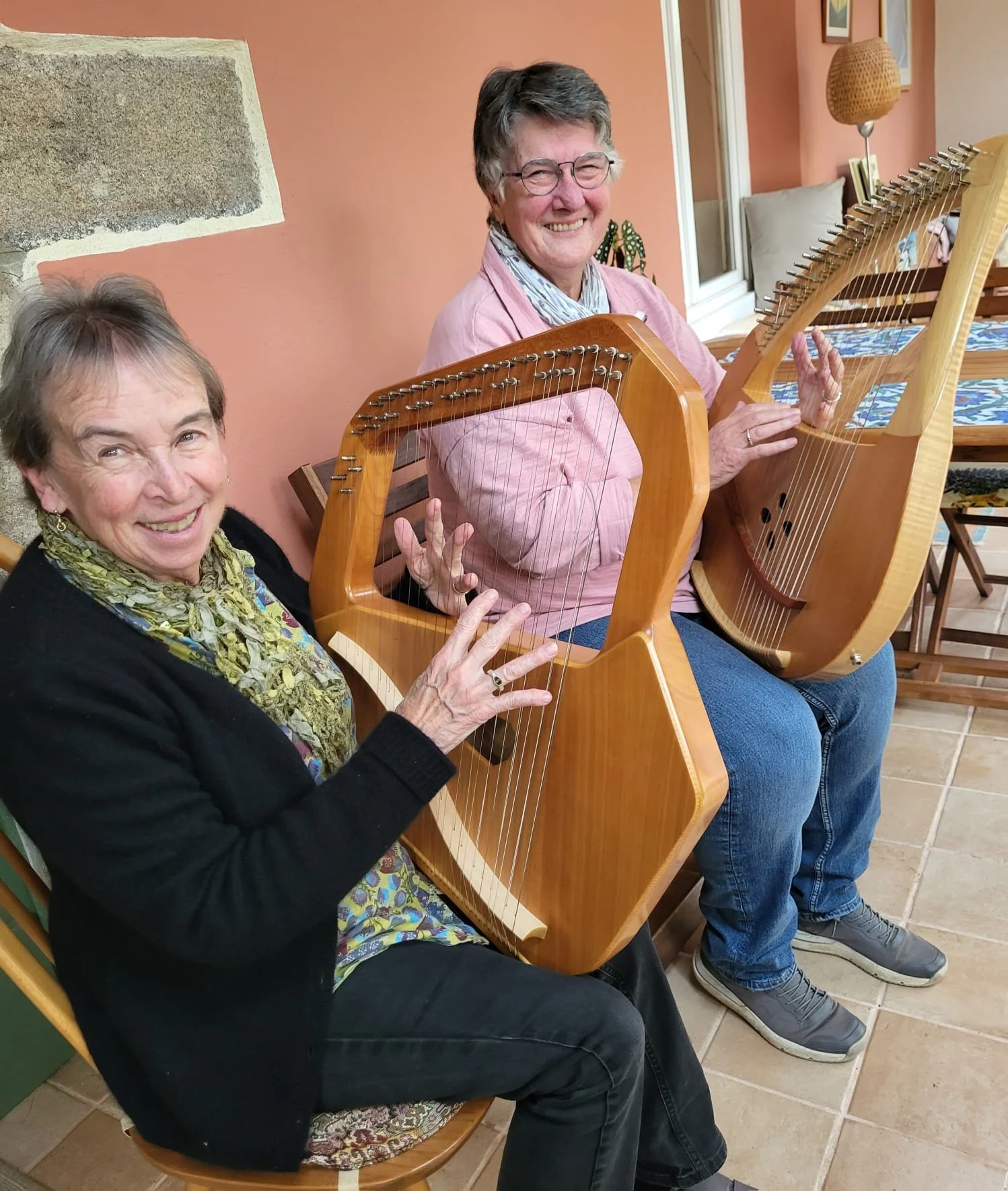On July 16, LANA held our 2017 Annual General Meeting (AGM) just before the opening of the summer conference in East Troy, WI. Among items of business was election of three LANA board members who renewed their three-year terms: Channa Seidenberg, Margo Ketchum, and Nancy Carpenter.
The board is seeking names for consideration as nominees for future election to the board. Any member of LANA may recommend a name for the board’s consideration. See the criteria for board membership here.
The board will be working to update our By-Laws in the coming year.
The 2017 slate of LANA Board officers was announced: President Sheila Johns; Vice-President Nancy Carpenter; Secretary Colleen Shetland; and Treasurer Margo Ketchum.
A treasurer’s report was presented by Margo Ketchum. There were also reports on lyre rentals, soundings, Lyre Notes, the website, and music sales.
Members gave regional reports on lyre activities in the Northeast, Midwest, Colorado, and Ecuador.
Regional Reports:
Northeast:
· Julia Elliott reports playing with friends at the House of Peace in Ipswich, MA.
· Cate Decker reports Christina Porkert and Diane Barnes are active in the Hawthorne Valley, upstate NY area. Cate is in contact with Channa Seidenberg several times a week by phone. Channa has remarkably increased strength, using a walker, going inside and outside. She has an uprightness and willpower back in full force. She will resume teaching the Resonare course in the fall.
· Kerry Lee reports from PA that in May, she visited the countries of Georgia and Armenia, and gave a talk about music therapy to a fledgling Camphill. Back in the US, she gave instruction to Lifeways students about Mood of the Fifth and Werbeck singing.
· Veronika Roemer reports from PA that she has translated from German into English, Gerhard Bielharz’s book about playing the kinderharp. She also has two lyre students and is also returning to China to teach for the second time.
Mid-Atlantic:
· Sandi Zeese reports from Maryland that she, Anne Frances Martin, and Pat O’Connor recently gave a small concert at a rehab unit in Pat’s elder care village, Riderwood.
· Colleen Shetland reports from Maryland that she has completed her classroom requirements in the Music for Healing and transition Program, and is now halfway through her internship, playing weekly at a hospice in the DC area.
· Samantha Embrey reports from Virginia that she held a lyre retreat last November at her home in Piney River, VA.
Midwest:
· Mary Lynn Channer and Nancy Carpenter continue to play for the Christian Community in Detroit. They both also have lyre students.
· Debbie Barford in Chicago has done less with the lyre this year because of illness in the family.
· Marianne Dietzel in Minnesota plays lyre and sings with people in a Memory Care unit. She plays with Yushi Zhang and helped her learn to read music. She is also assisting Yushi with making videos for people in China who want to learn to use kinderharps. Marianne is also active for festivals and threshold work and is part of the planning committee for the conferences on Death and Dying.
· Minnesota: Marianne Dietzel and Sheila Devlin are active in Minnesota.
· Chicago: Carol Eisen, Beth Kelley, and Debbie Barford held a workshop in Madison, WI entitled “Lyre Space,” with Colin Tanser’s music.
· Detroit area: Mary Lynn Channer continues to teach and play the lyre with the community around southern Michigan. She hosts festivals which include lyre playing and community singing, often with pieces she has arranged for lyres or composed herself. The Greater Detroit Branch went to the Channers for the St John's Festival which included five lyres, classical guitar and Chopin before going outside for the traditional bonfire. Mary Lynn also gave kinderharp classes for the kindergarten children at the Rudolf Steiner School of Ann Arbor last spring. Michael Brewer continues to compose music for the lyre, both for the Christian Community services and his expanding collection of blues and ragtime pieces. We have played for the festivals and Nancy Carpenter continues to play for the Christian Community services most Sundays. She continues to play for the pre-K to 5th grade Eurythmy classes at the Detroit Waldorf School. Nancy had 2 six week kinderharp sessions for first and second graders after school. The third graders wanted more so they had a third session in the spring. Her three six and seventh graders have continued to improve and are enjoying Colin Tanser's music. The seventh graders and Nancy accompanied the eighth grade Eurythmy performance of "The Crystal Ball" at the end of the last school year.
Rocky Mountain area:
· Holly Richardson and Wendy Polich play together in a three-lyre ensemble in Colorado. Wendy also played at a Sardello conference. They realize that seeds planted in one beautiful tone, can grow into something greater.
Cuenca, Ecuador:
· Sheila Johns will begin giving anthroposophic music therapy at the new Uriel Center for Human Renewal through the Arts and Education, which also sponsors events, speakers, festivals, study groups, and an Advent Garden and Spiral.




















